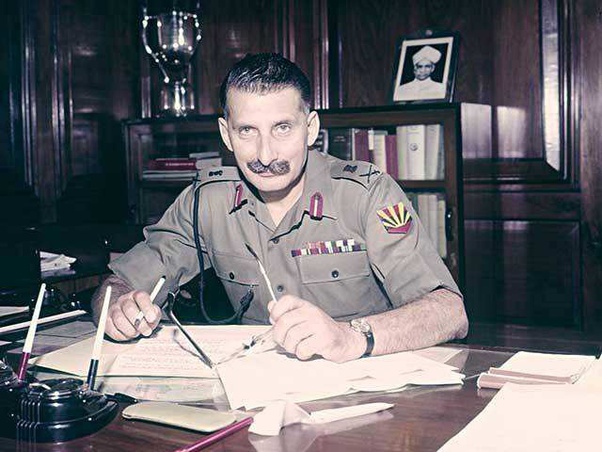CDS "Gen Bipin Rawat" | First Chief of Defence Staff of India

CDS "Gen Bipin Rawat" CDS "Gen Bipin Rawat" CDS Gen Bipin Rawat, PVSM, UYSM, AVSM, YSM, SM, VSM, ADC is a four star general of the Indian Army. He is currently serving as the Chief of Defence Staff of India. On 30 Dec 2019, he was appointed as the first (CDS) Chief of Defence Staff of India. Prior to CDS, he served as the 27th Chief of Army Staff as well as he was the Chairman of the Chiefs of Staff Committee. Early Life and Education General Bipin Rawat was born on 16 March 1958 in pauri, Uttarakhand. He belonged to a Hindu Garhwali Rajput family. His family had been serving inthe Indian Army for several generations, and his father Laxman Singh Rawat was also an army officer and got retired at the rank of Lieutenant General. Rawat studied at teh Cambrian Hall School in Dehradun and then he was shifted to the St. Edward's School in Shimla. Fortunately he was able to join the National Defence Academy, Khadakwasla and then the Indian Military Academy, Dehradun ,...






